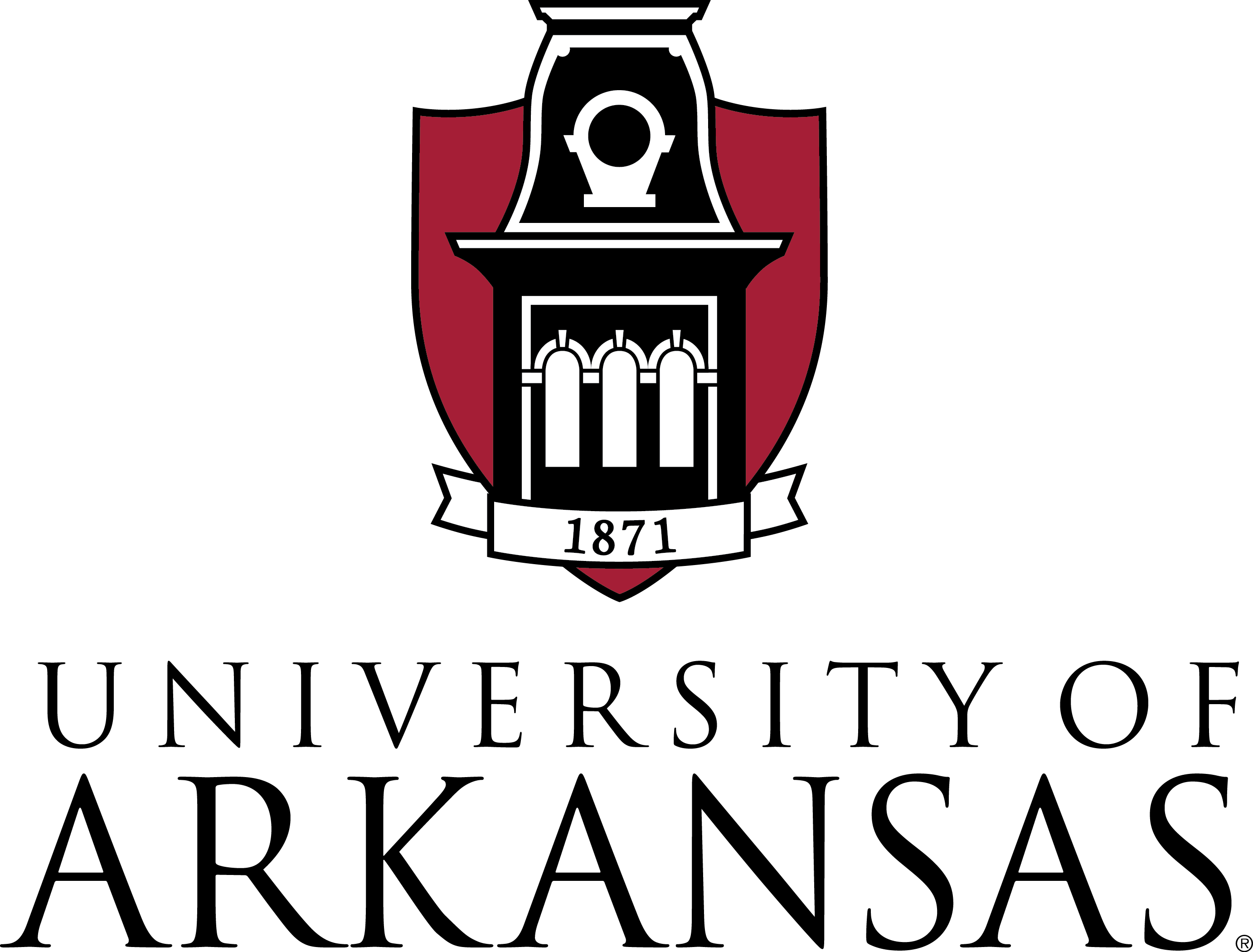Document Type
Article
Publication Date
2022
Keywords
Librarianship; Motivation; Retention
Abstract
Objective – This study uses the Kaleidoscope Career Model (Mainiero & Sullivan 2006a) to determine key sources of motivation for library professionals during their careers and identifies strategies for how library administrators can better retain and inspire their staff.
Methods – The authors adapted the Kaleidoscope Career Model survey tool with permission from Mainiero and Sullivan. The authors used Qualtrics to send out the adapted survey and in October 2019 emailed a call for participation with the survey link to six library electronic mailing lists. A total of 433 participants completed the survey. The authors reviewed the demographic data and charts Qualtrics generated and used an open-coding method to analyze the qualitative responses to open-ended questions included in the survey. First, they read through those responses, identified common words, phrases, and ideas, which became initial codes. Then the authors reviewed the codes and determined themes common in the data. Each author coded and analyzed each question. Those themes then informed the discussion and recommendations shared in this article.
Results – Nearly 60% of respondents identified as being in the Authenticity phase, 15% in the Challenge phase, and 18% in the Balance phase. When asked if they felt supported, those in the Authenticity phase reported the highest overall level of satisfaction, with those in the 47–52 years old cohort experiencing peak feelings of support. The study found that all early career practitioners seemed interested in continuing in a supervisory role. Those older participants in the Balance phase were less interested than those in the other two phases in continuing to supervise. Those in the Authenticity phase identified most strongly with being organizational leaders. By contrast, older participants in the Balance phase did not identify strongly as leaders. Those in the Challenge phase showed strong interest in being leaders at an early age and that interest increased among older cohorts.
Conclusion – This study is the first to analyze sources of motivation for academic librarians during the stages of their careers. When working with librarians who identify with the Authenticity phase, administrators should work with their employees to develop career goals that are extrinsically based, such as what can be achieved through good work rather than striving for a dream position. Librarians in the Balance phase would benefit from early opportunities to develop leadership roles or serve in supervisory roles. These early opportunities better fit with their efforts to prioritize family later in life. Librarians in the Challenge phase are intrinsically motivated to achieve and strive. They may experience disappointment as newer career librarians continue to advance and as they begin to plateau later in life. Leaders must consider the kinds of changes their organization can withstand as they strive to best support and foster the growth and development of all of their employees.
Citation
Birrell, L., & Strong, M. A. (2022). Supporting the Intersections of Life and Work: Retaining and Motivating Academic Librarians Throughout Their Careers. Evidence Based Library And Information Practice, 17 (1), 94-121. https://doi.org/10.18438/eblip29971
Creative Commons License

This work is licensed under a Creative Commons Attribution-NonCommercial-Share Alike 4.0 International License.


